The PGA Tour’s annual return to Bay Hill Club and Lodge, host to a PGA Tour event since 1979, allows us a chance to celebrate Arnold Palmer the course designer. Because his influences and contributions to all areas of golf are so significant, Arnie might be under-appreciated as an architect—which is a compliment to everything he gave to us in his career. [It’s often forgotten that design contribution extended all the way to Australia, where Palmer in his playing days won an Australian Open and Wills Masters title.]
The Champion/Challenger course at Bay Hill has been updated quite a bit through the years, and The King always had final say over its tweaks. Much of the attention this week will be on Arnie’s contributions to the tournament game. But we shouldn’t lose sight of his contributions to course design. To shine a little more light on Arnie the course designer, we present the 10 best golf courses under the Arnold Palmer design umbrella.
From Golf Digest Architecture Editor emeritus Ron Whitten:
I’ve always been fascinated by the design of Bay Hill, Arnold Palmer’s home course for over 45 years (although Tiger Woods owns it, competitively-speaking, as he’s won there eight times.) For one thing, it’s rather hilly, a rarity in Florida (although not in the Orlando market) and dotted with sinkhole ponds incorporated in the design in dramatic ways.
I always thought the wrap-around-a-lake par-5 sixth was Dick Wilson’s version of Robert Trent Jones’s decade-older 13th at The Dunes Club at Myrtle Beach. Each of the two rivals had claimed the other was always stealing his ideas. But the hole I like best at Bay Hill is the par-4 eighth, a lovely dogleg-right with a diagonal green perched above a small circular pond. OK, I admit that it reminds me of the sixth at Hazeltine National, another Trent Jones product, but I don’t think Wilson picked Trent’s pocket on this one, as both courses were built about the same time, in the early 1960s. A deserved, if small, rise after a significant renovation to a Queensland favourite. The greens at the Pines now match those of Sanctuary Cove’s Palms course with TifEagle grass, while the re-do also increased the size of the Pines’ putting surfaces. The results were unveiled for only the final six months of our ranking cycle, which augurs well for its 2024 ranking.
Sanctuary Cove, Hope Island, Queensland (1987)
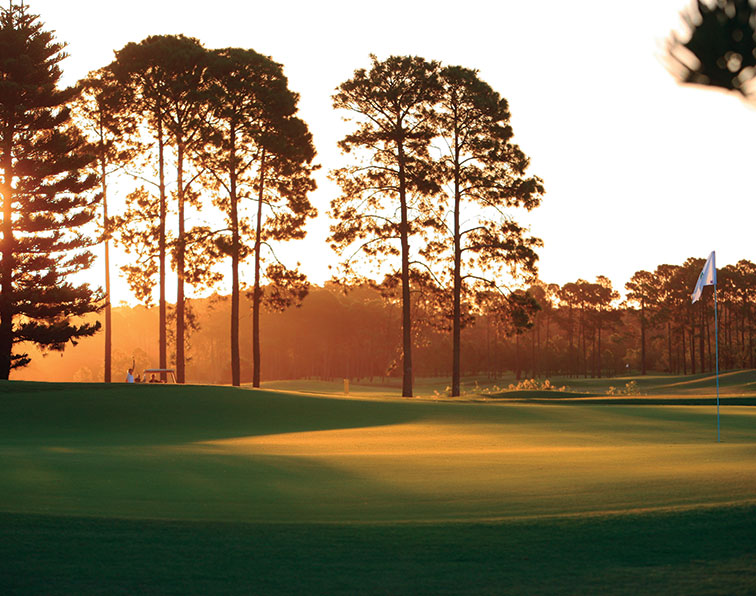
The legendary Arnold Palmer chose Sanctuary Cove to be his only Australian golf course design. The seven-time Major winner was drawn to the foundations – 101 hectares of pine forest – as well as the opportunity to route holes through groups of pine trees and around six large man-made lakes. These water hazards are a feature of the course – to the eye and the scorecard – and come into play on 14 holes.
The Pines reflects a lot of The King’s personality – it requires brute strength, a lot of shots played in the air and there is certainly a small resemblance of the tree-lined seclusion seen at Augusta National, where Palmer enjoyed the most of his Major championship success.
A deserved, if small, rise to No.42 in Australian Golf Digest’s Top 100 course came after a significant renovation to this Queensland favourite. The greens at the Pines now match those of Sanctuary Cove’s other course (The Palms) with TifEagle grass, while the re-do also increased the size of the Pines’ putting surfaces. The results were unveiled for only the final six months of our ranking cycle.
Sanctuary Cove Golf and Country Club
The Parkway, Hope Island QLD 4212
Ph: (07) 5699 9000
E-mail: [email protected]
Web: sanctuarycovegolfclub.com.au
Tradition G.C., La Quinta, Calif. (1998)

Hard against the Santa Rosa Mountains, it’s the prettiest course in Palm Springs. Palmer admitted he insisted on elaborate flower-bed landscaping because his late wife, Winnie, loved floral displays. Tradition Golf Club, which unveiled a statue to Mr. Palmer a few years ago in honor of his contributions to the club, is ranked 187th in the United States in our most recent Second 100 Greatest rankings and 21st on our ultra-competitive Best Courses in California.
Tralee G.C., County Kerry, Ireland (1984)
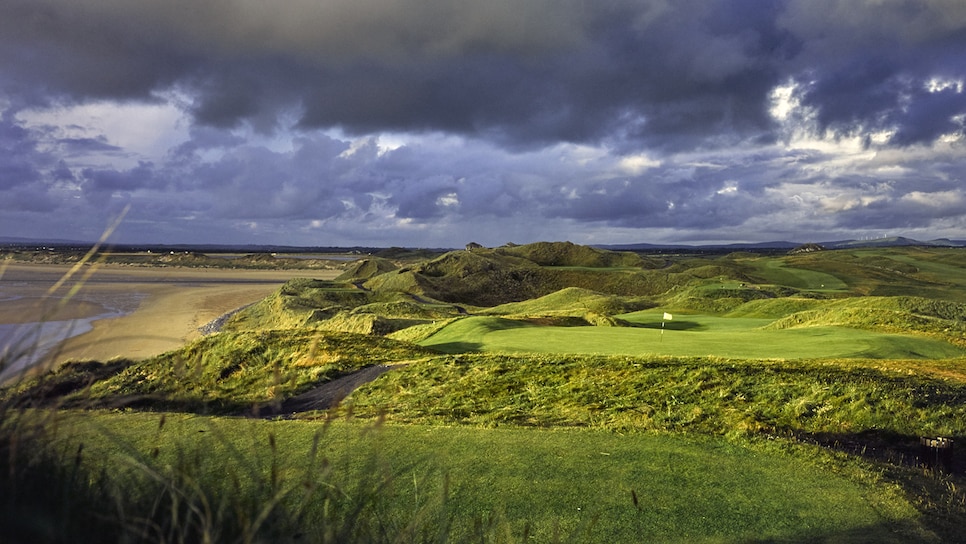
Stephen Szurlej
A captivating design that starts like Pebble Beach along high cliffs and finishes in rugged dunes similar to Ballybunion. Tralee was recently ranked 11th on Golf Digest’s top-20 courses in Ireland.
Adios G.C., Coconut Creek, Fla. (1984)
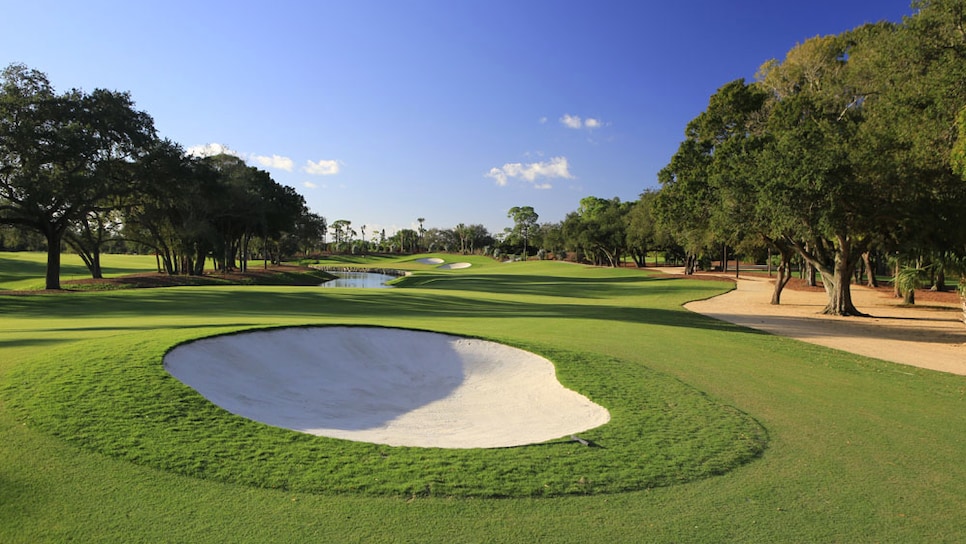
An exclusive male-only oasis in busy South Florida, Adios is the rare Florida course with no housing. The layout is testy, with narrow fairways among pines and ponds and highly contoured greens. Adios was named one of Golf Digest’s “Best Damn Clubs,” mostly for being a great hang, but also for its stout course.
Old Tabby Links, Spring Island, S.C. (1993)
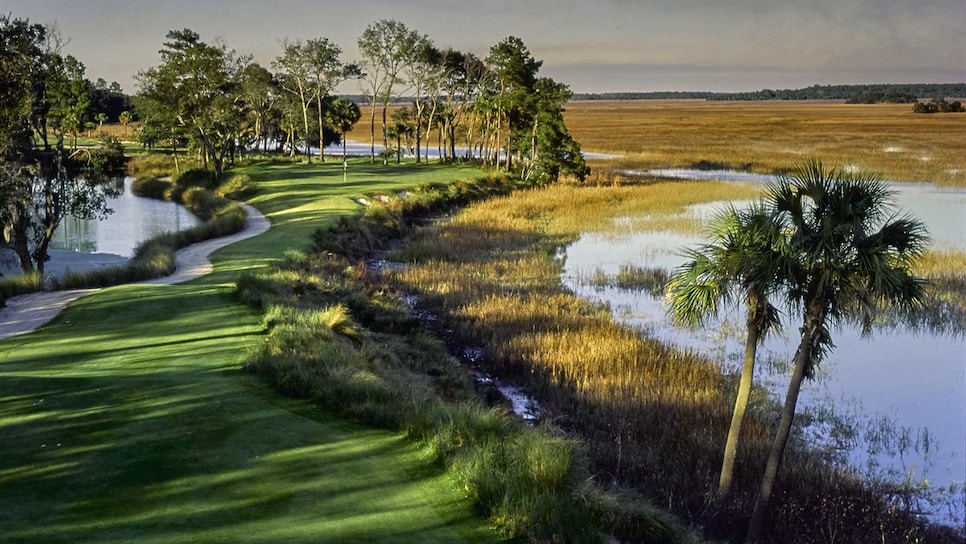
Said to have been Palmer’s favorite, Old Tabby is a gorgeous lowcountry layout, with fairways framed by mammoth live oaks and greens edged by lagoons and tidal marsh. It’s currently ranked 17th in our Best Courses in South Carolina.
Musgrove Mill G.C., Clinton, S.C. (1988)
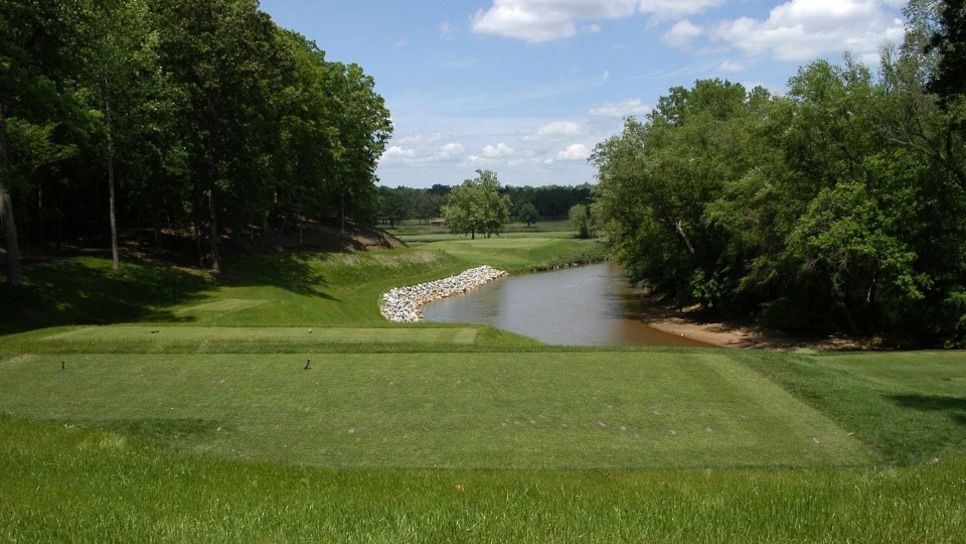
Called “the Pine Valley of the South,” but with its low profile, small, perched greens and vast waste areas, it’s more akin to Pete Dye’s famed The Golf Club in Ohio. It’s currently ranked 19th in our Best Courses in South Carolina.
Balsam Mountain Preserve, Sylva, N.C. (2007)
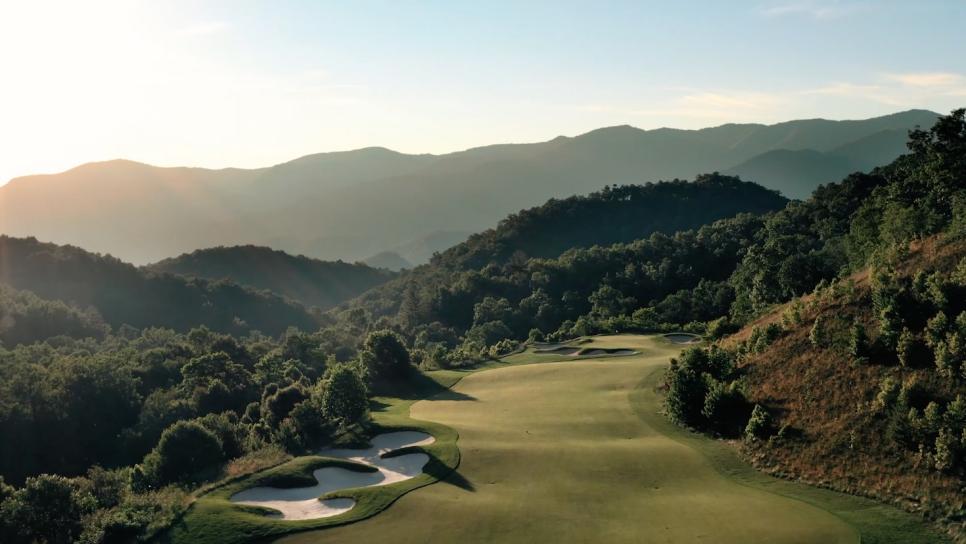
Courtesy of the club
Ranked 19th in our latest Best in North Carolina rankings, Balsam Mountain Preserve was routed on a 4,400-acre community that rises as high as 5,500 feet above sea level with extraordinary views of the Great Smoky Mountains.
Arnold Palmer and his designers Ed Seay and Harrison Minchew designed an extraordinary mountainous layout as high as 5,400 feet of elevation within the Balsam Mountain Preserve, a 4,400-acre community about 45 minutes from Asheville and an hour from the Tennessee border. Forced carries over ravines and streams on most holes make this a difficult course to navigate for some, but our panelists give the routing top sccores for aesthetics with the tremendous views of the Great Smoky Mountains. View Course
ArborLinks G. Cse., Nebraska City, Neb. (2002)

Lauded for its environmental sensitivity, ArborLinks was built in open plains, but this being the hometown of Arbor Day, some trees have been selectively planted for strategic and sustainable reasons. ArborLinks is ranked No. 8 on our Best Courses in Nebraska list.
Aviara G.C., Carlsbad, Calif. (1991)
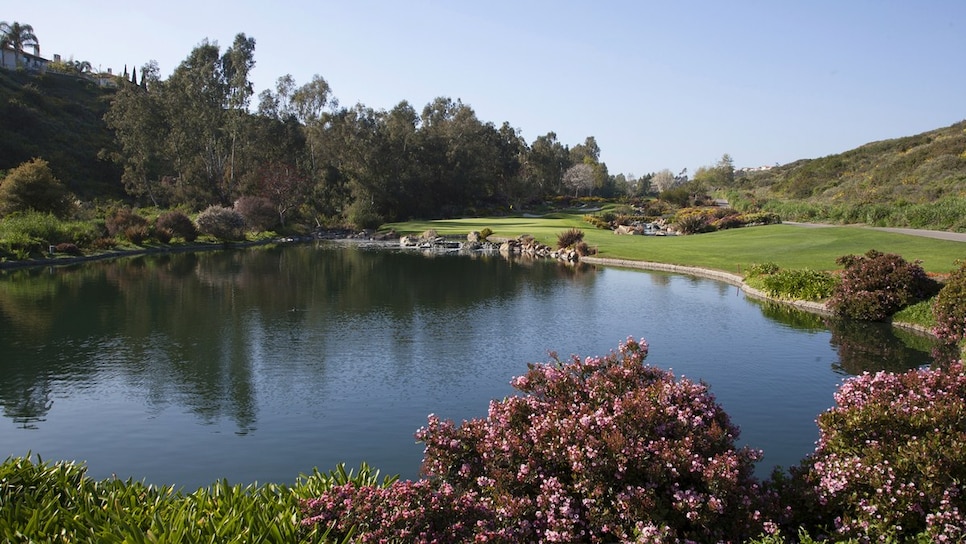
Aviara provides a public version of Tradition with elaborate bunkering, extensive water-scapes and hillsides of brilliant flowers. It’s ranked among Golf Digest’s Best Courses You Can Play in California.
Lonnie Poole G. Cse. at North Carolina State University, Raleigh (2009)
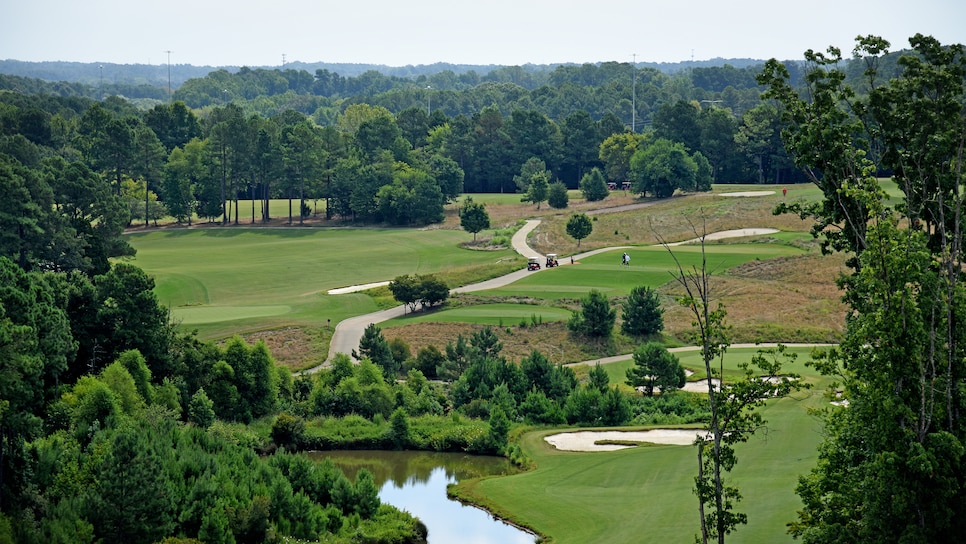
Photo by Roger Winstead/Lonnie Poole Golf Course
For those unable to land an invitation to Musgrove Mill, the public Lonnie Poole offers a similar experience of vast waste bunkers, tight greens and shotmaking demands.
Public Lonnie Poole Golf Course At NC State University: Lonnie Poole Raleigh, NC Located in the heart of NC State’s Centennial Campus, Lonnie Poole is home to the Wolfpack’s golf teams and their leading PGM and turf management programs—so count on pristine conditions. The Arnold Palmer design tips out at 7,358 yards and offers great skyline views of downtown Raleigh. View Course
Dakota Dunes (S.D.) G.C. (1991)
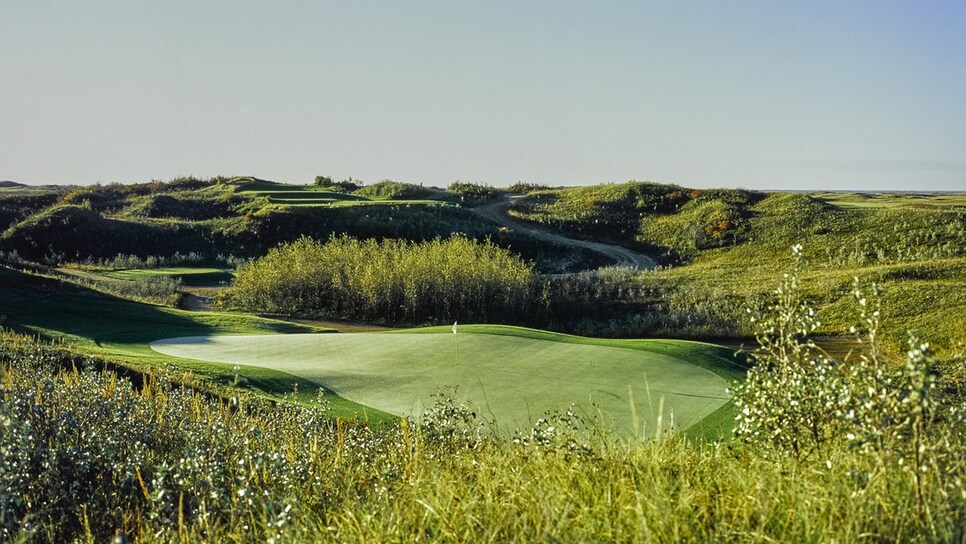
A most unusual course, built in sand dunes along the Missouri River with many holes cut through stands of tall cottonwood trees. It was long ranked the top course in the state. Dakota Dunes is currently ranked No. 3 on our Best Courses in South Dakota.

